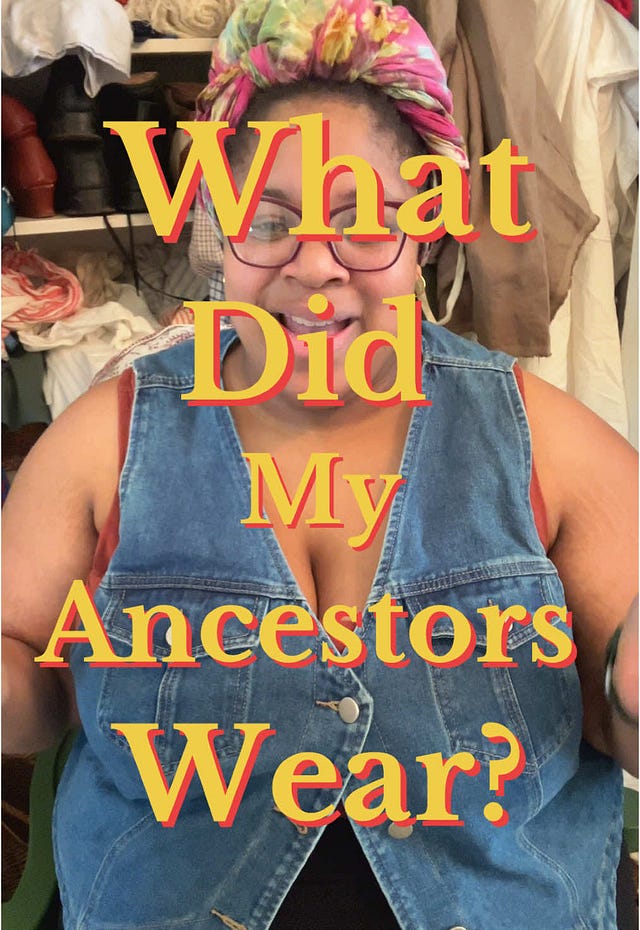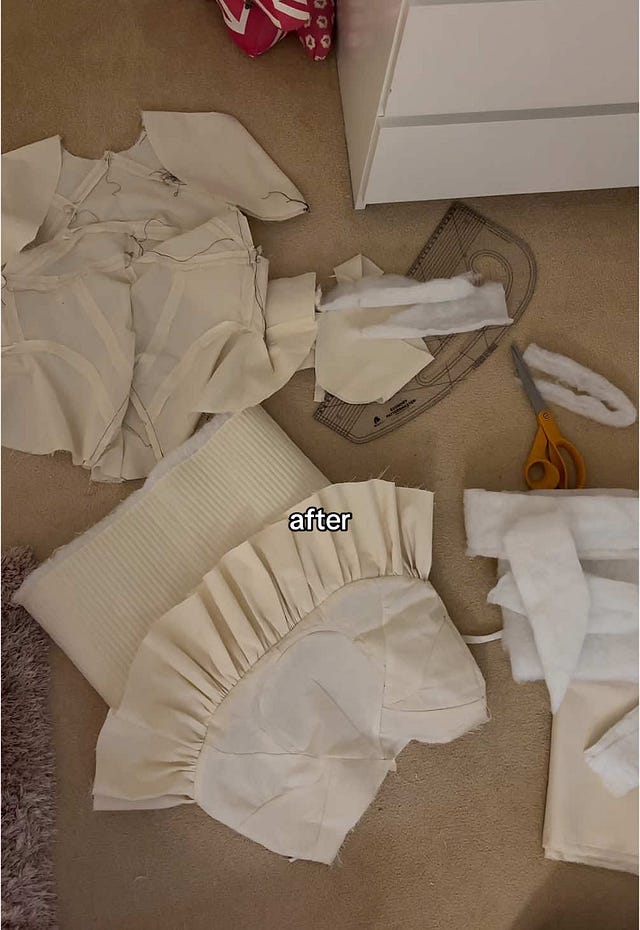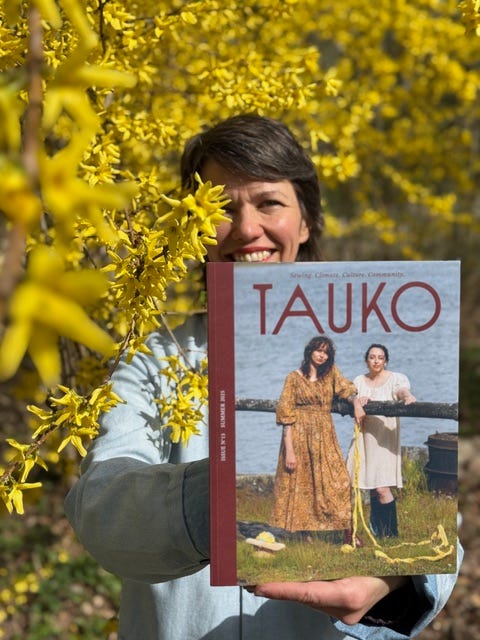Chatting with the editor of indie sewing magazine Tauko
Mila Moisio explains her motivation to move from the fashion design space into publishing, and why it's an exciting moment to be a niche print publication.
I apologize for the long delay in releasing a newsletter. On top of figuring out my American and French taxes (always a joy) over the last month, I also had Lasik eye surgery and my interview for French citizenship. The surgery kept me away from sewing for a few days and the interview meant studying up on France’s history, politics and geography.
However, I did use the opportunity to freshen up my knowledge of the tricoteuses, women who during the French Revolution would knit (tricoter) during major events of that period. While so-called market women led the march to the Palace of Versailles to protest high food prices, they were marginalized from subsequent political involvement. As Loretta Napoleoni wrote in Lithub a few years back:
“The revolutionary government felt threatened by these women, by their political role, rising power, and popularity within the Revolution. The market women may have been the spark of the Revolution, but its management was firmly in the hands of men, men who became increasingly authoritarian. So it was decided that the women could not sit in the gallery during meetings of the National Convention, and eventually they were forbidden to participate in any political assembly. But the women did not give up on being part of this process they had started. Some of them moved to the Place de la Révolution (today known as the Place de la Concorde), where the executions took place. (…) They also knit various garments, socks, mittens, and scarfs, which they sold after the executions. But mostly they knit the red bonnets de la Liberté (‘Liberty caps’) that became one of the symbols of the French Revolution, worn by everyone in Paris.”
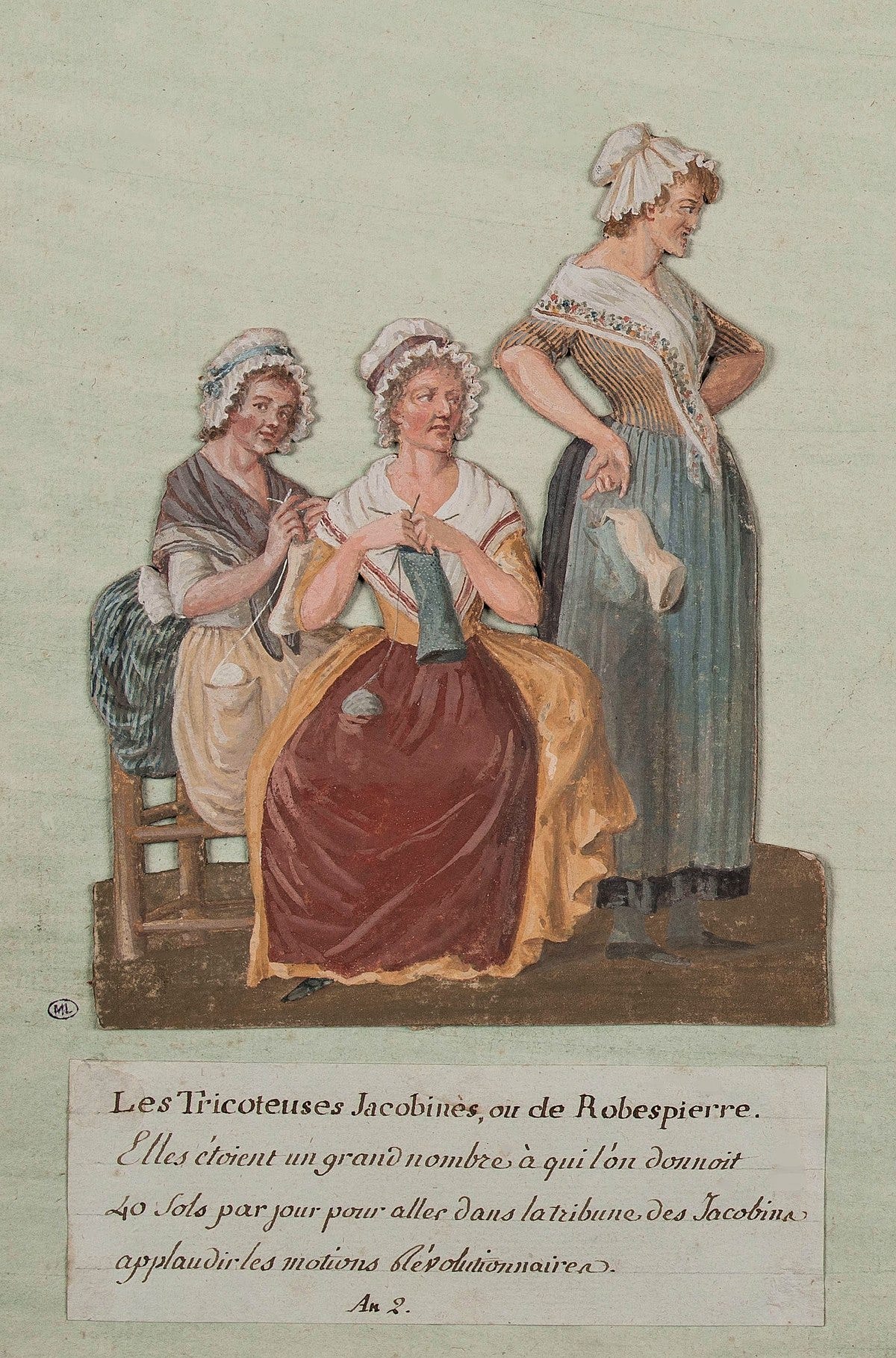
While current activism and community-building around crafting might not have such gory connections (tricoteuses were also called the “furies of the guillotine”), I’m fascinated by how textile arts continue to be a medium for people to connect. So I was excited to chat with Mila Moisio, the Finnish co-founder and editor of indie sewing magazine Tauko. The publication’s success is a testament to the fact that sewists around the world are looking for platforms to connect and share their passions. Tauko just released its 15th edition, packed full of great patterns (I particularly love the Noe Dress) and fascinating features on artists, all around the theme of crafting roots. But first, a slew of pattern releases and links from the past month.
Scrap pile
The Juni Dress from The Ordinary Folk is what cottage core dreams are made of.
The Jigsaw Pants from Marlies Reukers have some seriously cool design elements.
Open Studio’s new Choice Pattern has an exciting number of variations and possibilities.
The Danae Dress and Blouse from Mila Onni has a wonderful ruffle.
I love the side gathering on the Bobbie Dress from Elle Stitch.
The Rothko Dress and Shirt by French Navy Patterns is a perfect casual summer make.
The Lisbon Jacket from Tessuti Fabrics looks like an ideal transition layer.
The Quinn Vest and Dress from True Bias is a tailored take on the classic look.
I’m already planning on making a Voila Quilted Jacket from Peppermint Magazine.
The Dillon Dress by Christine Haynes is an apron-style frock perfect for spring.
Readytosew’s Henriette Blouse is ready for your Victorian fantasies with pleats and ruffles.
The Effie Top from Dressmaking Amore is super romantic.
Some recent news that’s caught my interest:
How a Fashion Designer and Sewing Teacher Spends Her Sundays (one of my fav NYT features)
Award for surgeon's sewing machine-inspired device
Quilting inmates at Missouri prison take the spotlight in new Netflix documentary
In the TikTok corner, I’m excited about the new series “What did my ancestors wear?”
This button DIY is so cute:
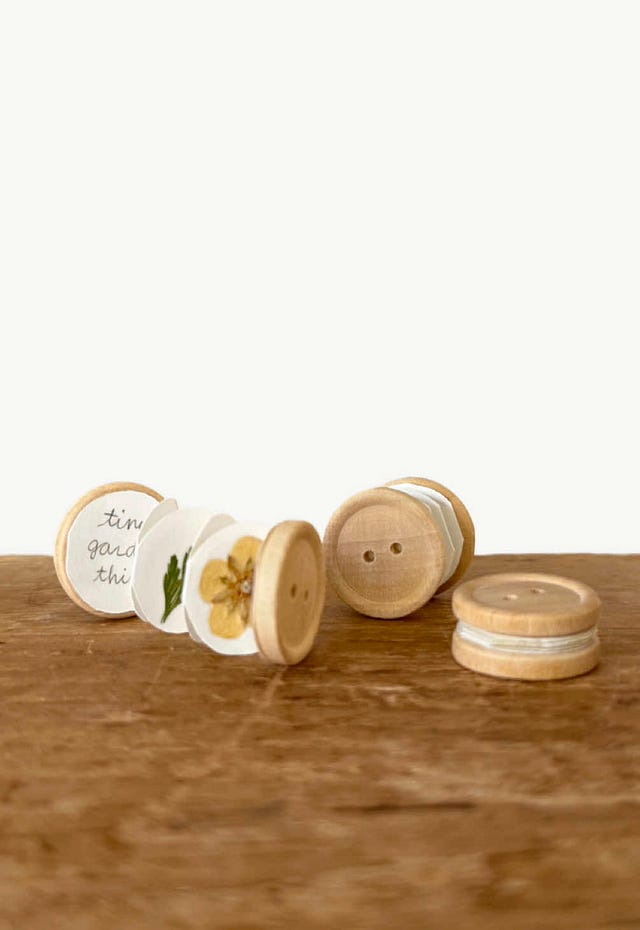
 Tiktok failed to load.
Tiktok failed to load.Enable 3rd party cookies or use another browser
And we’ve all been there after a long sewing day (I feel this isn’t even that bad?)
Threading the needle with Mila Moisio
Every edition of Sew You Have a Question features a Threading the Needle Interview with someone in the textile arts world whose brain I want to pick. This time, I was thrilled to chat with Mila Moisio, the Finnish co-founder of indie pattern magazine Tauko.
How did you get into sewing?
My background is in fashion design, and this is the work I did with one of my teenage best friends, Kaisa Rissanen, who is the other founder of Tauko. Before the magazine, we ran a sustainable design fashion brand for 10 years. We've known each other since we were 12 or 13. We come from a small town in Finland, which is actually quite close to the Russian border. We come from maker families. We never questioned doing things by ourselves and learning to do things out of necessity because of not finding anything where we were living as teenagers or wanting to create things by ourselves. My mom had a sewing machine, and my dad had a wood workshop. That was the state of the world. We ended up studying different things at university but kept doing things together. By the end of our studies, we started selling handmade garments at festivals and small design events in Finland. This is how our fashion brand slowly started.
In the beginning, we worked with vintage and secondhand textiles we found from flea markets or all kinds of theater costume design departments. With the fashion brand, we ended up using textiles from the hospitality industry, so hospital and restaurant textiles. We therefore managed to create a production system that applied the rules of the fashion world and created bigger batches of the same garment, which is usually the problem when you work with vintage textiles. You don't have so many of the same kind. We established the fashion brand by going to the different fashion shows in Europe, to London, Paris and Berlin. Then came the pandemic. By that time, we’d seen the struggle of small fashion brands like ourselves.
How did that lead to a magazine?
We wanted to create a platform that we could offer for designers to show their designs. This was the initial idea of the magazine. We didn't know anything about the DIY community back then. We didn't know there were pattern designers for home sewists. Our idea of people sewing at home was still very much from the end of the '90s, a very different crowd. But when we started looking at it, we were very impressed by the values that drive people to sew things for themselves and also the diversity within the community. It fit well with what we wanted to accomplish with fashion in general: to change the fashion industry and people's way of perceiving fashion. That's something we felt wa salso possible through a magazine.
Can you talk about the name Tauko?
That was already the name of the fashion brand. There are different aspects to it. I studied literature myself, and I'm very much into words. I really like the way tauko sounds. It's short and has softness, but it has a little bit of a dynamic as well. It means a break or a pause in Finnish. The etymology is from a very old fishing method where you very slowly pull the net out from the sea. It's this kind of movement that you can't really see so well but is very powerful and impactful.
Fifteen editions in, what are the sorts of stories you're trying to tell in the magazine? What are the patterns you're trying to highlight?
I think it’s very important for us to talk about topics related to climate and community when we find the contributors for the stories that we share. Also inspiration is a big thing to get more people into sewing and maybe challenge the preoccupations that there might be when it comes to handmade clothing. When it comes to patterns, I think it's really nice that the core of the magazine is this open call where everyone can contribute to submit their designs. It's a big gift to have people from very different backgrounds: patternmakers and artists but also people who are professional fashion designers but might not have ever sewn anything by themselves. Or people who are sewists who want to try making a pattern. Also people with different cultural backgrounds, different body types, different gender identities.
There’s also the diversity of showing different ways of doing things. There’s not just one way of sewing a zipper. It doesn't have to be perfect, and you can be very proud of your sewing. I think that's something that’s changed. I wish it’d become even more of a trend where people can proudly wear things that show they’re handmade and they don’t have to look like they’re brought from Zara or H&M. That's something that can get more people into sewing as well.
Can you talk about the theme of the latest issue, crafting roots.
This is a question I have very often when I talk about my work or what I do, this idea that most of us have someone around in our family who used to sew. There's a mom, an aunt or a grandmother, usually a female character from whom you picked up the idea that you can sew things yourself. These stories are a shared culture in a way, which I find very interesting. Because there have been some generations that haven't been so much into sewing in the past. Now, there are more and more people picking up sewing from online platforms and different mediums.
I don't want you to pick favorites, but are there any particular patterns or stories that stand out to you from the latest edition?
The latest issue is always the one that you love most, even though we’re already somehow putting together the upcoming one. From the current issue, I really enjoy the interview with textile artist Ali Ferguson. When you talk about upcycling textiles and remaking, there's many perspectives to it. I really appreciate hers, which is very poetic, I would say, and maybe artistic. But it tells us a lot of stories. From the pattern side, I find it much more difficult. This is an issue where I would really love to do each one of the designs, so there's not one specific favorite. I usually do tutorial videos, and then I pick one, and I just can't decide.
I'm interested in the power of print publications in a time when there are fewer and fewer.
For us, that's the flagship. It’s very tangible and really able to get you out of the digital world. I think that’s something people are missing a lot at the moment. When it comes to print publishing in general, I have the feeling there's a trend of niche magazines, which Tauko is a part of, gaining popularity. It's a bit like vinyl records or CDs. There's a new audience for them as well. It keeps value in a way that you can come back to it. It's something you have on your bookshelf. It's an object you can look into every now and then, and it doesn't really get old. There's inspiration you can find in the back issues as well.


